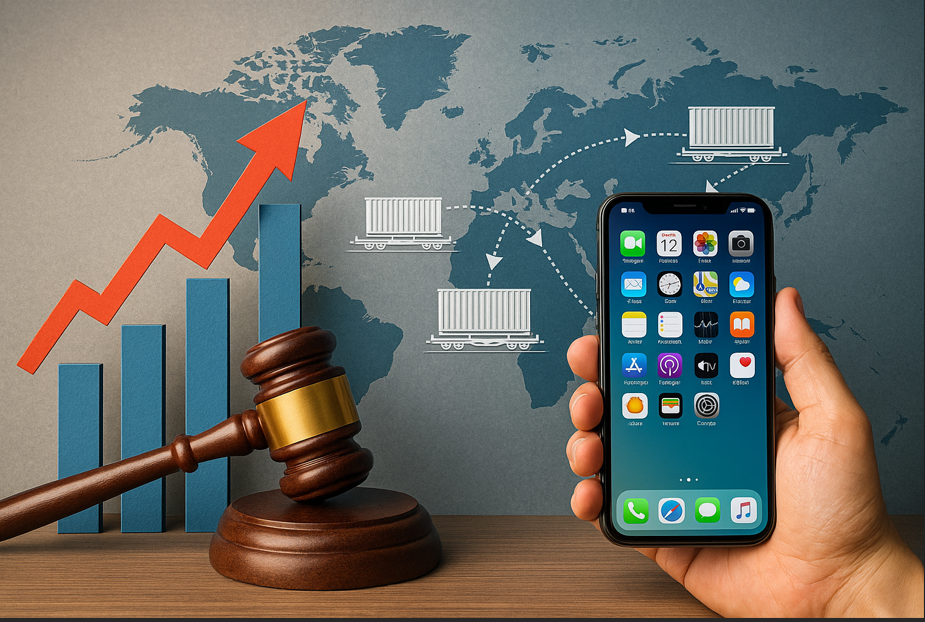
In 2025, newly imposed U.S. tariffs on Chinese imports are significantly impacting the global smartphone industry, leading to higher consumer prices and prompting companies to reconsider their manufacturing strategies.
Apple, for instance, anticipates up to $1.4 billion in additional costs this quarter due to a 145% import tax on Chinese-assembled products. To mitigate these effects, the company is shifting production for U.S.-bound devices to India and Vietnam. However, analysts note that India’s current manufacturing capabilities are insufficient for large-scale production of premium iPhones, a gap that could take years to bridge.
The broader consumer electronics market is also feeling the strain. The Consumer Technology Association (CTA) predicts that tariffs could lead to a $123 billion reduction in U.S. consumer purchasing power annually, with economic losses potentially reaching $69 billion even after adjusting for reshoring efforts.
Telecom companies are responding in various ways. AT&T reported increased profits and revenue in the first quarter of 2025, partly driven by a surge in customer upgrades following the announcement of tariffs. The company added 324,000 postpaid phone and 261,000 AT&T Fiber net subscribers during this period.
Meanwhile, consumers are advised to be cautious. While some companies may absorb short-term cost increases, prolonged tariffs could lead to sustained price hikes. Analysts suggest that if tariffs remain in place, gradual price increases over the next several months are likely, as manufacturers either absorb higher production costs, shift supply chains, or pass costs directly to consumers.
In summary, the imposition of tariffs is reshaping the smartphone industry, affecting pricing, manufacturing, and consumer behavior. As companies navigate these challenges, consumers may need to prepare for higher costs and consider alternative purchasing strategies.


